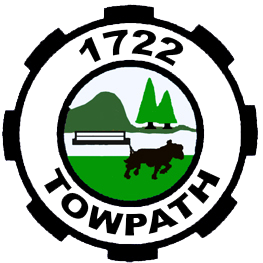
Residential Smoke Detector, Carbon Monoxide Detector
& Fire Extinguisher Rules and Regulations
Fire safety notes to be aware of prior to your C of C inspection
As of January 1, 2019 in accordance with the Uniform Fire Code there are new regulations regarding smoke detectors. Please be advised that if you have battery operated smoke detectors they must be a ten year sealed battery – powered single station smoke alarm and shall be listed in accordance with ANSI/UL 217. However, A/C – powered single or multiple – station smoke alarms installed as part of the original construction or rehabilitation project shall not be replaced with battery powered smoke alarms. (Please read all of the information attached to your application package carefully as some of the rules have changed which may affect the outcome of your inspection.)
- Please be advised that if you have a battery operated smoke detector you will be required to remove the smoke detector from the ceiling so that it can be inspected by the Code Enforcement Officer so that he can determine if the correct detector was installed. Therefore, please be prepared to have a ladder available the day your inspection is scheduled. It shall be the owners / owner’s representatives’ responsibility to remove and re-install the smoke detector at the time of the inspection. Please review all of the requirements for smoke detectors and carbon monoxide detectors on the documents provided to you as part of your application and noted here for your convenience.
- Please review the requirements for fire extinguishers as there are several regulations regarding size and installation that must be followed.
Uniform Fire Code Rules & Regulations
§ 5:70-4.19 Smoke alarms for one- and two-family dwellings; carbon monoxide alarms; and portable fire extinguishers
(a) In one- and two-family or attached single family dwellings subject to the requirements of N.J.A.C. 5:70-2.3, smoke alarms shall be installed as follows:
(b) The smoke alarms required in (a) above shall be located and maintained in accordance with NFPA 72. (search on the internet for further details)
(c) Ten-year sealed battery-powered single station smoke alarms shall be installed and shall be listed in accordance with ANSI/UL 217, incorporated herein by reference. However, A/C-powered single or multiple-station smoke alarms installed as part of the original construction or rehabilitation project shall not be replaced with battery-powered smoke alarms.The effective date of this subsection shall be January 1, 2019.
(d) Carbon monoxide alarms shall be installed in all dwelling units in buildings in one- and two-family or attached single family dwellings, except for units in buildings that do not contain a fuel-burning device or have an attached garage, as follows:
(e) A portable fire extinguisher shall be installed in accordance with the following:











